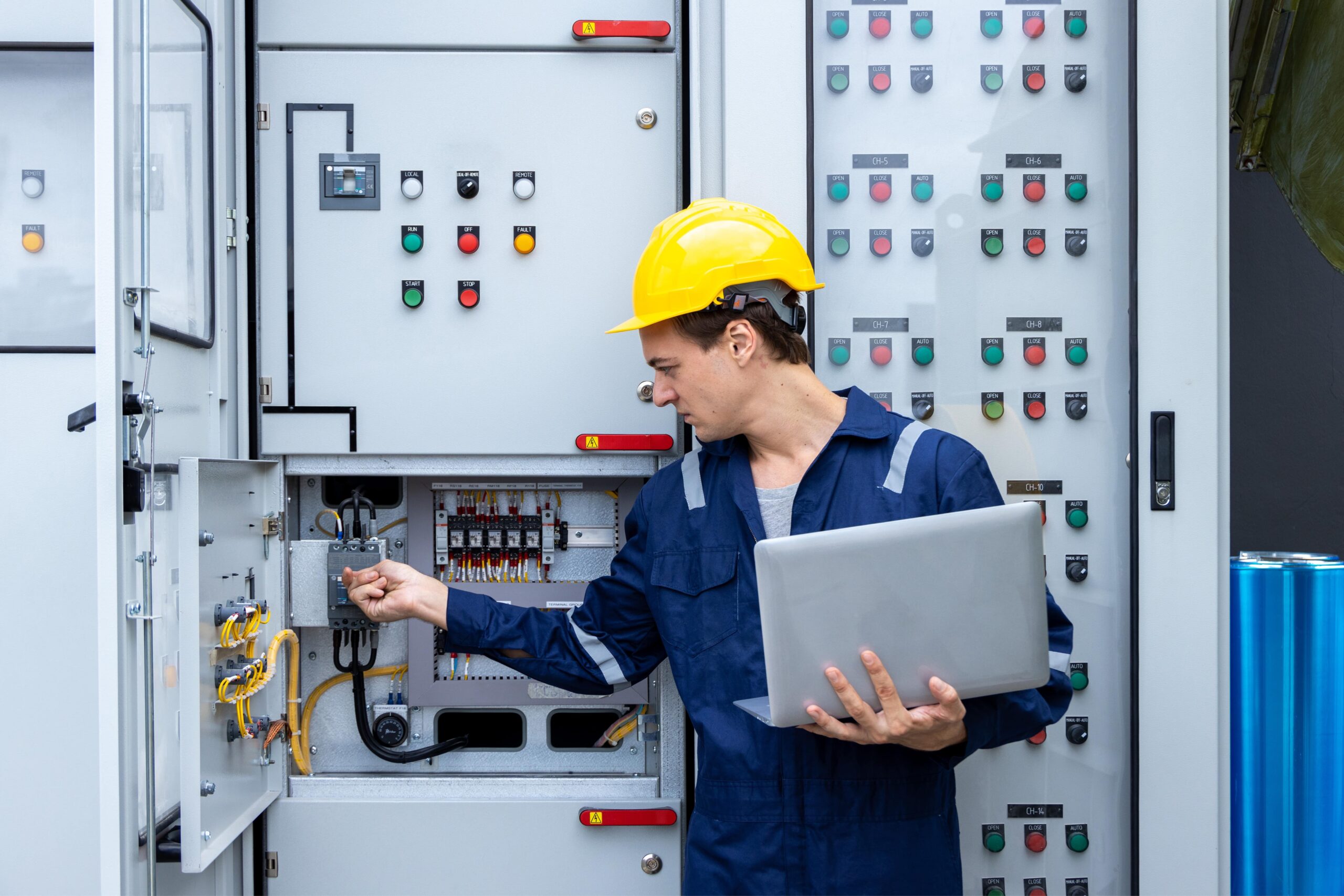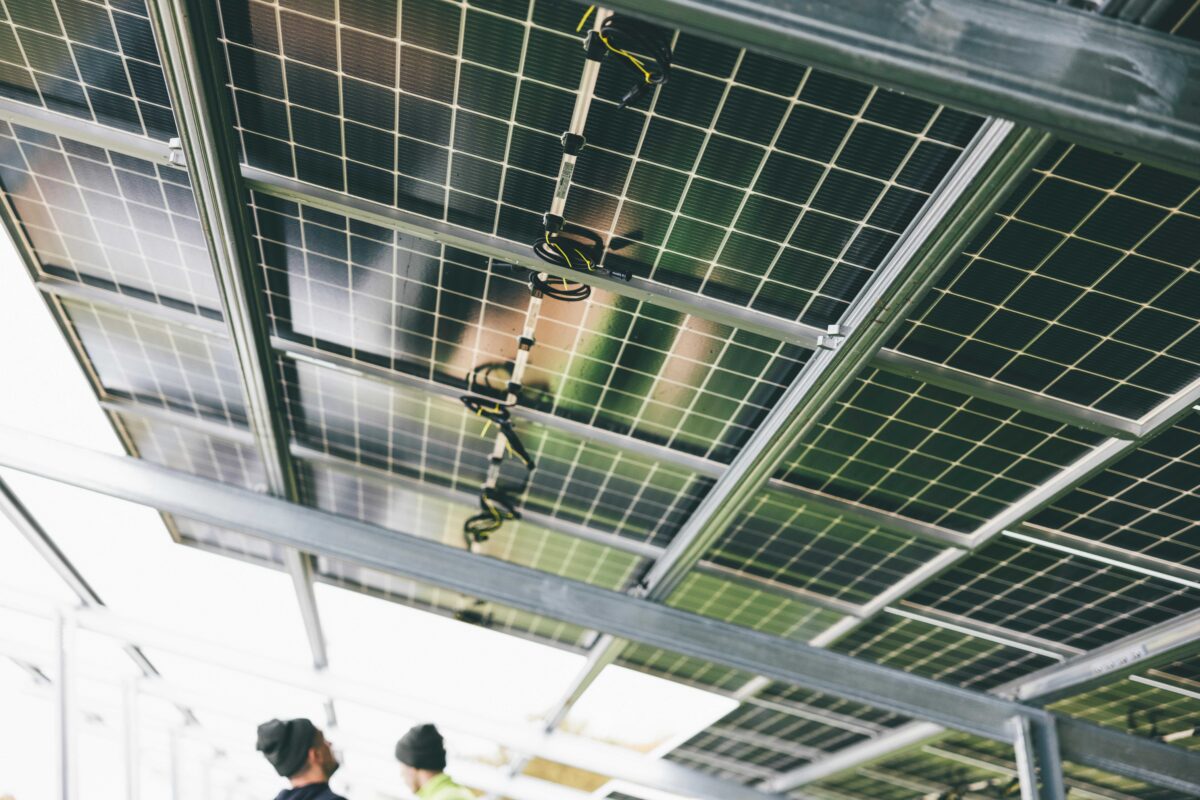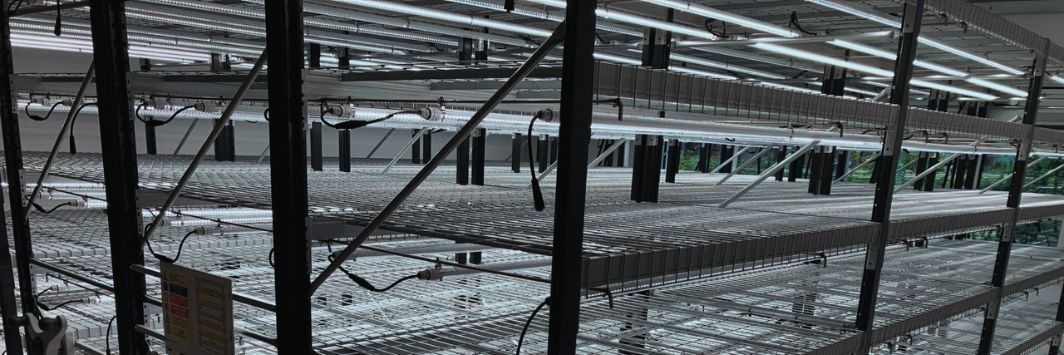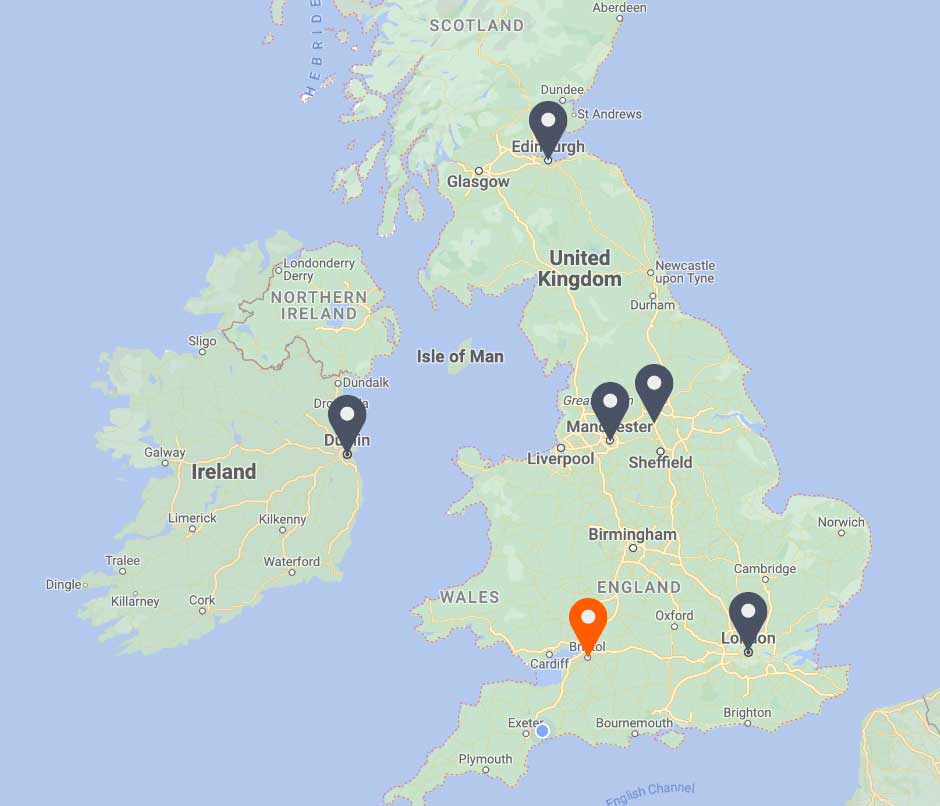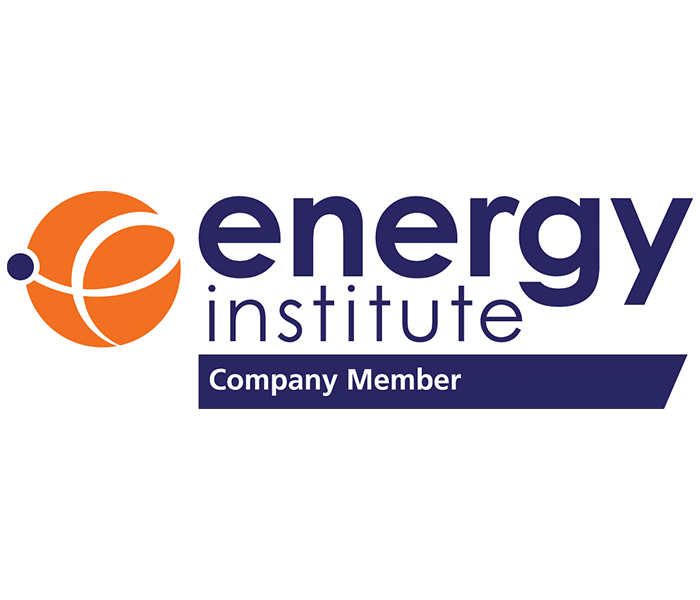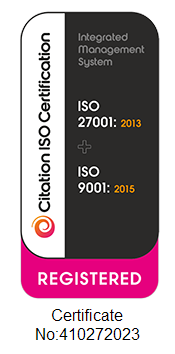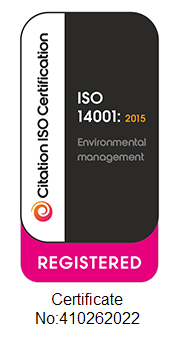THIS ARTICLE AT A GLANCE
CONTACT ETS
If you have any questions or would like to discuss further what you should be doing, ETS is here and willing to help.
Call 0117 205 0542
Email enquiries@energy-ts.com
Submit a contact form
CHECK OUR SERVICES
South Northamptonshire Council – Indoor Air Quality
The South Northamptonshire Council building is 6 years old and is ventilated using a combination of mechanical and natural ventilation. Soon after the building became fully occupied, regular complaints began to be made about poor air quality within several of the internal office areas.
It became apparent that despite the building being recently commissioned, sufficient airflow was not being supplied into the areas once they became occupied – resulting in the air quality being perceived as stuffy and stagnant. This perception of inadequate air quality also resulted in a poor working environment for staff and the public using the spaces.
Of particular concern were 4 internal cellular offices with no external windows and only forced ventilation, which also had occupation patterns with significant variation.
Challenge
Energy & Technical Services was called to the site to investigate the issue and provide a resolution. We were able to identify the reason for poor internal air quality and occupant comfort, and improve local control of air quality using a mixture of advanced air quality sensing and systems integration, which allows for instantaneous comfort and control in a live environment, based on ‘real time’ internal air quality parameters.
Within 24 hours of the upgrade, the client noticed a significant improvement in air quality to such an extent a request has been made to replicate the solution across the remaining floors within the building.

Added Value / Achievements
The system that Energy & Technical Services installed not only addresses the specific need of the client through direct control of mechanical ventilation systems to live internal air quality parameters, but also provides ongoing monitoring and recording of the seven key environmental factors within the areas – temperature, humidity, TVOC, CO2, PM2.5, noise and light levels.
Access to this data has provided the client with the ability to further control and optimise local conditions thereby improving the workplace environment and people performance.
In addition to our work to provide automatic control, access to a live dashboard which track real time internal air quality conditions has been provided – thereby allowing ongoing ‘human’ interaction and condition checking, as appropriate.
Internal air quality improved

Live energy data portal provided











